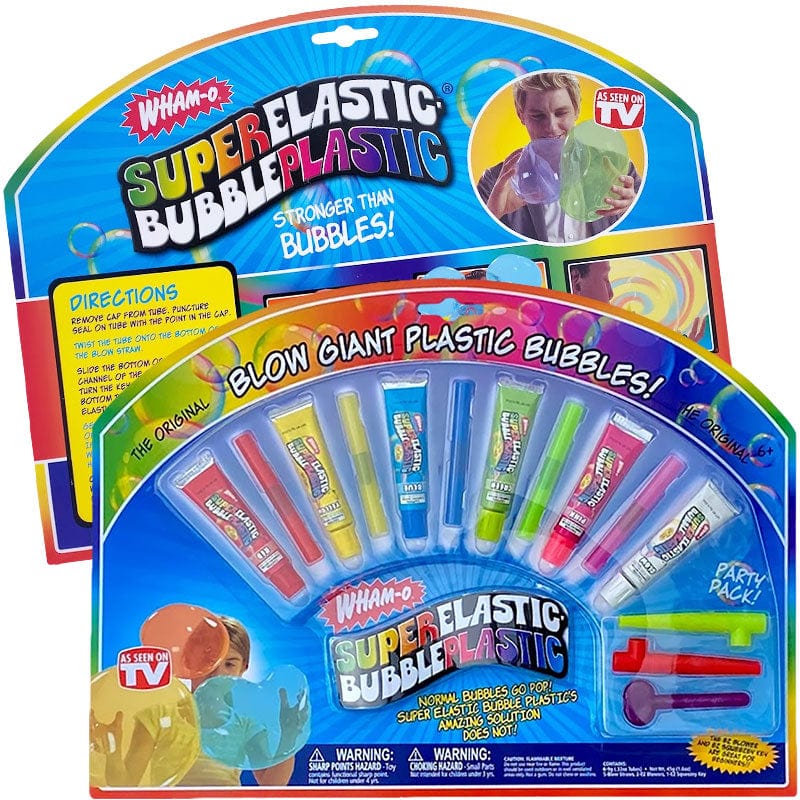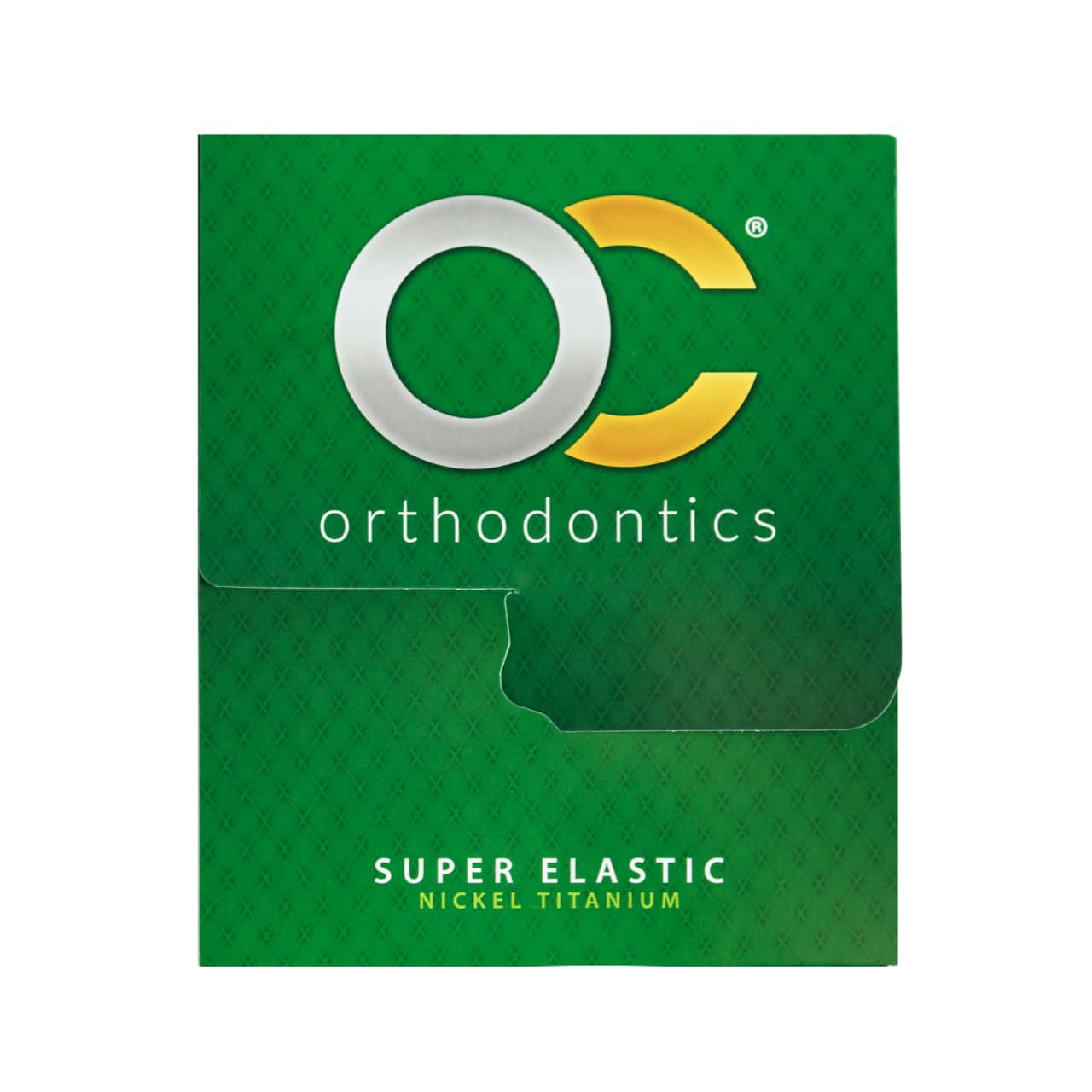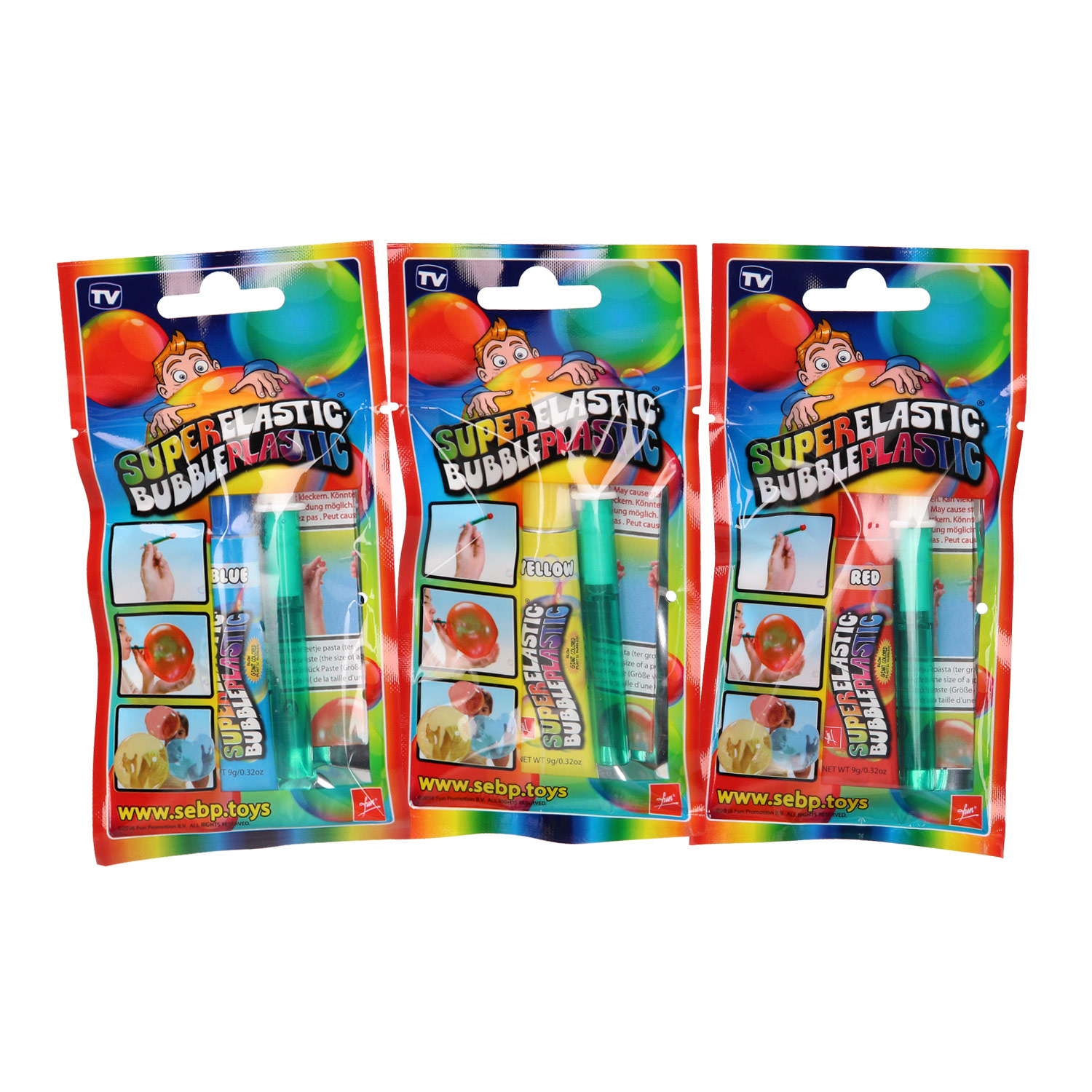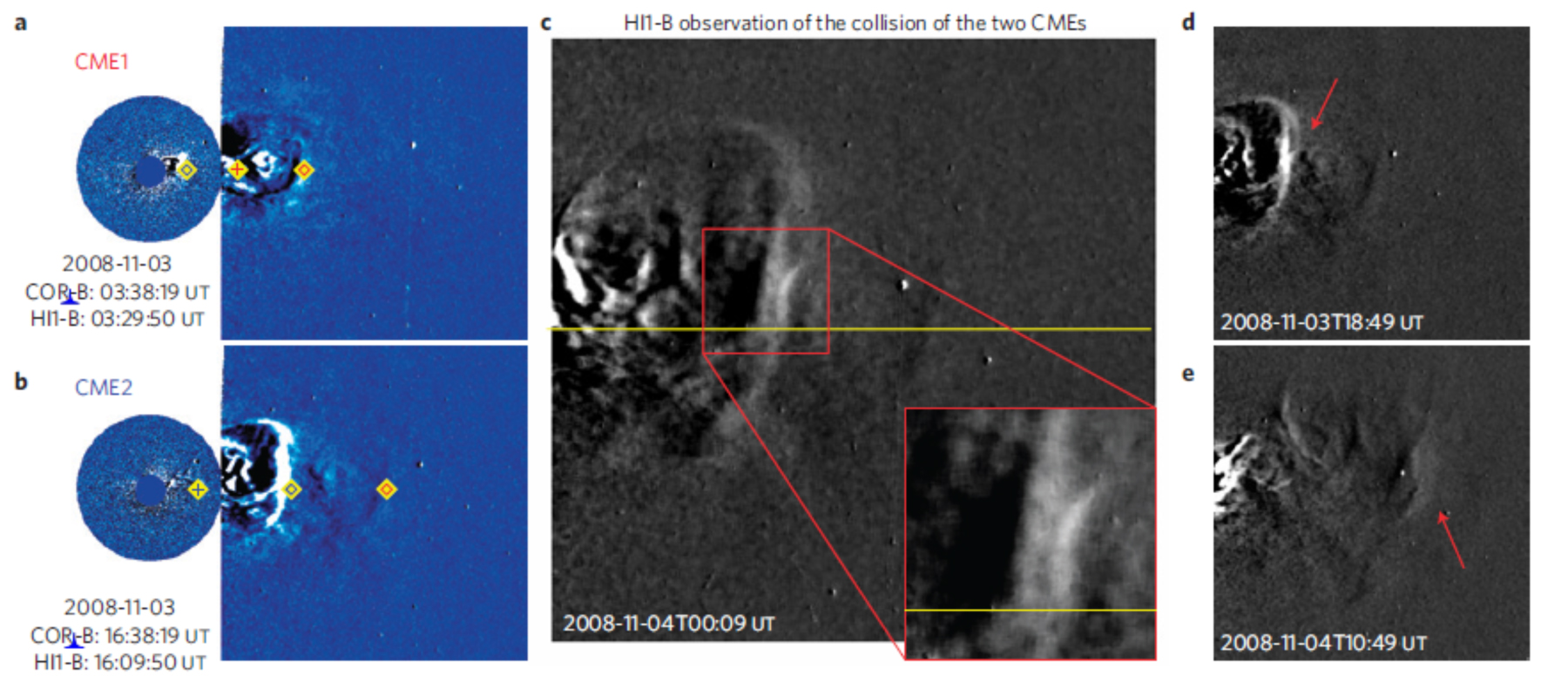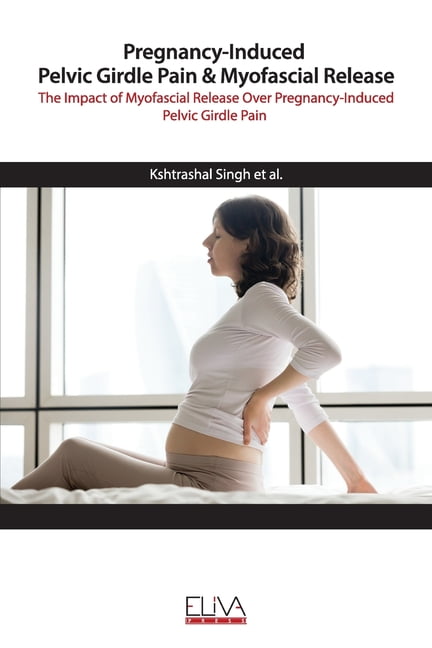NRL's SECCHI captures super-elastic collision of coronal mass ejections
4.6 (628) · $ 29.00 · In stock
()—Scientists at the Naval Research Laboratory and the University of Science and Technology in Hefei, China have captured the super-elastic collision of two coronal mass ejections in the heliosphere. They recorded the surprising event, which occurred in November 2008, using the Space Science Division (SSD)-led Sun-Earth Connection Coronal and Heliospheric Investigation (SECCHI) suite onboard NASA
()—Scientists at the Naval Research Laboratory and the University of Science and Technology in Hefei, China have captured the super-elastic collision of two coronal mass ejections in the heliosphere. They recorded the surprising event, which occurred in November 2008, using the Space Science Division (SSD)-led Sun-Earth Connection Coronal and Heliospheric Investigation (SECCHI) suite onboard NASA's twin Solar Terrestrial Relations Observatory (STEREO). NRL Space Science Division's Dr. Angelos Vourlidas, the SECCHI project scientist and co-author of this study, reported this research in the journal Nature Physics on October 7, 2012. The research contributes to improving scientists' ability to understand and forecast Sun-Earth System space weather that can affect military and civilian space and communication systems.
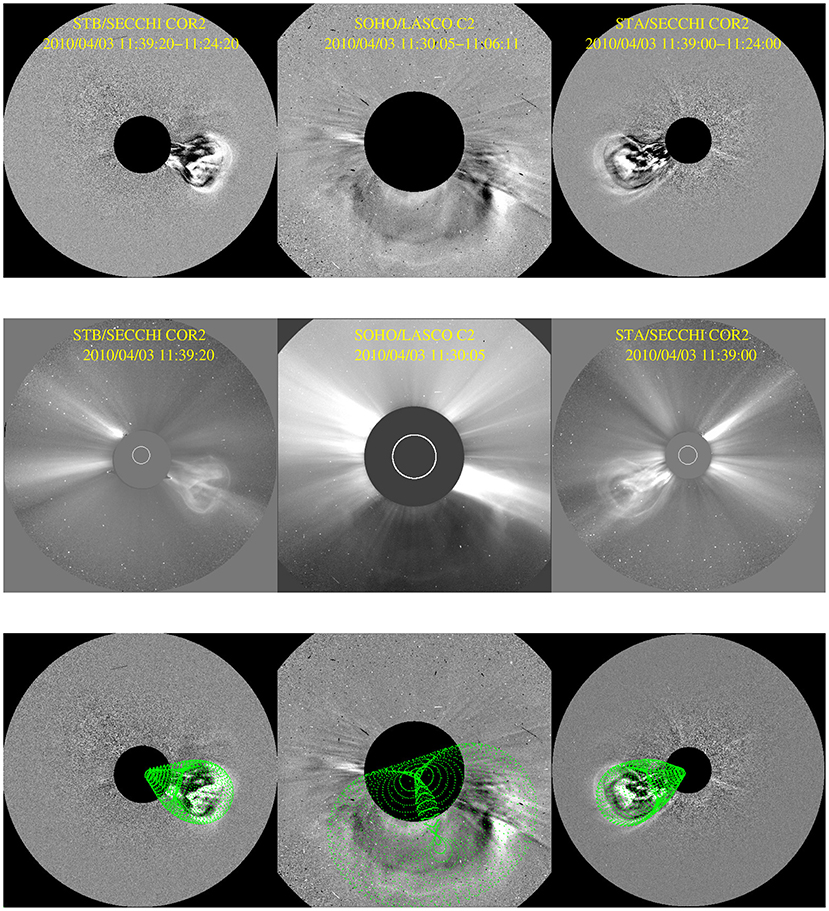
Frontiers Probing the Thermodynamic State of a Coronal Mass
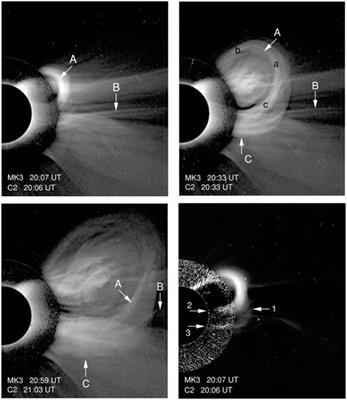
Frontiers The evolution of our understanding of coronal mass

Coronal Mass Ejections

Current Status of MHD Simulations for Space Weather

Turn on the super-elastic collision nature of coronal mass
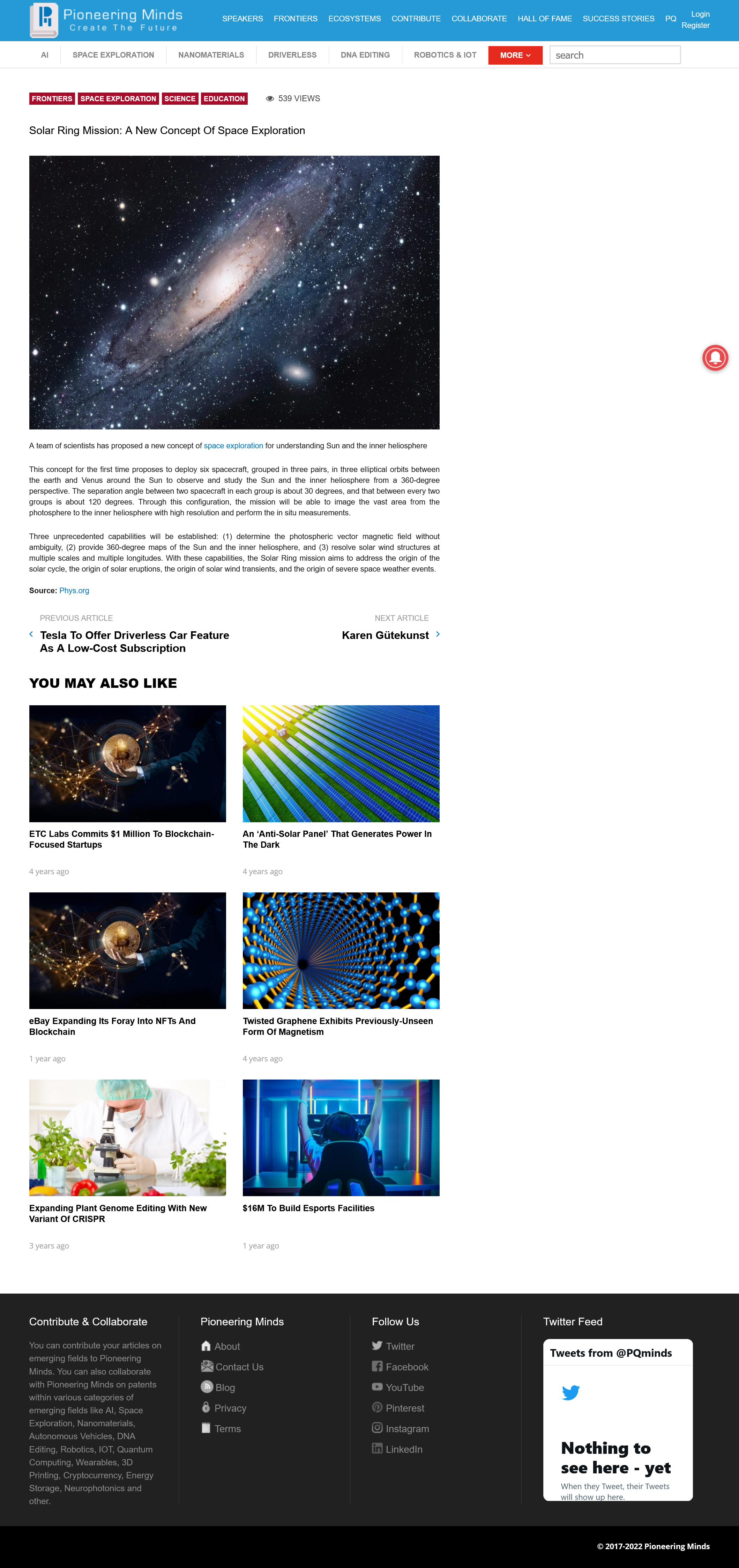
Welcome to Space Physics Division of USTC
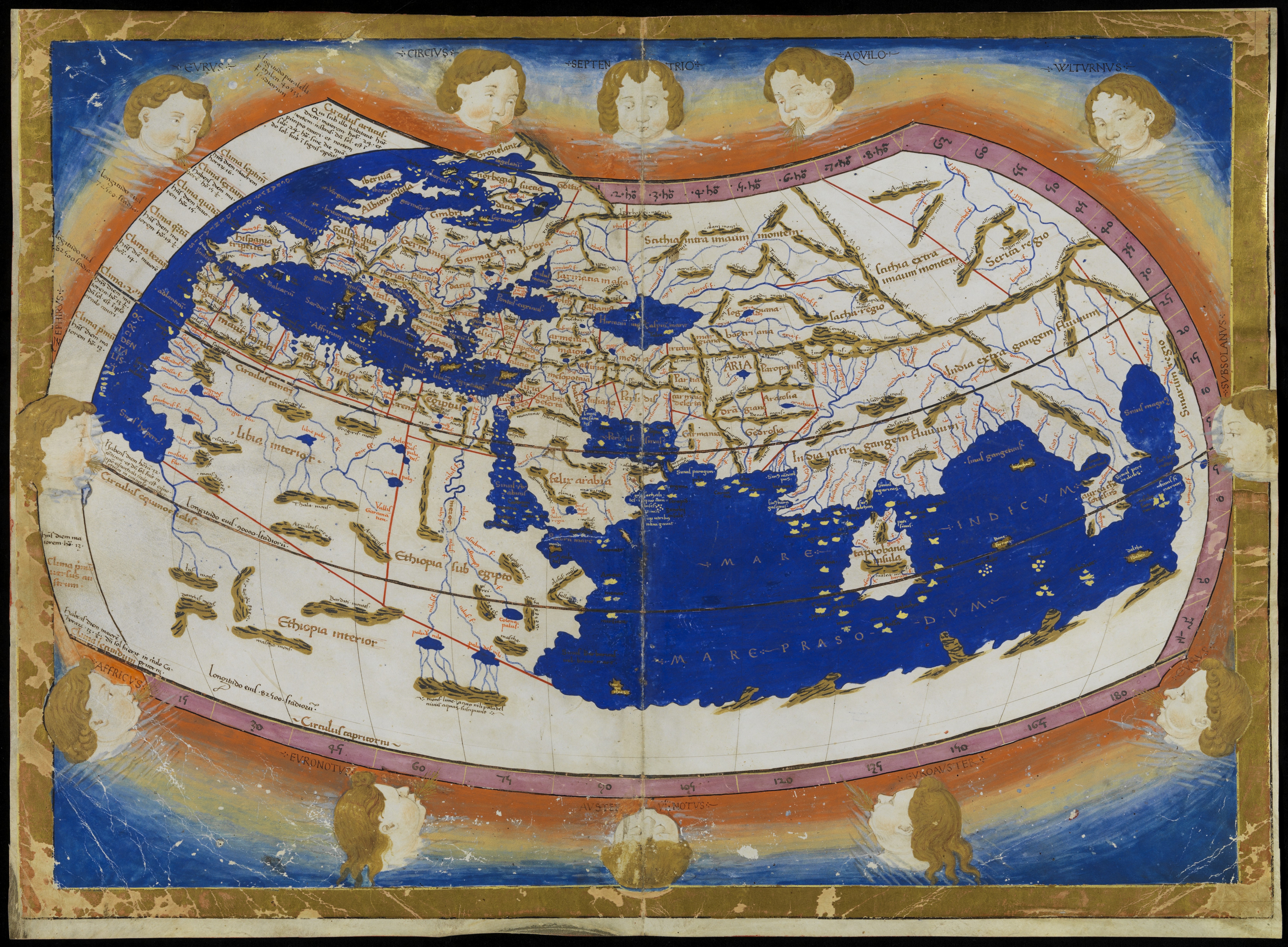
🌺 Lifestyle 🌺 ⚛ ⚛ ⚛ Leuren Moret: Global Nuclear Coverup

SUPER ELASTIC COLLISION

On the Collision Nature of Two Coronal Mass Ejections: A Review

Source region identification and geophysical effects of stealth
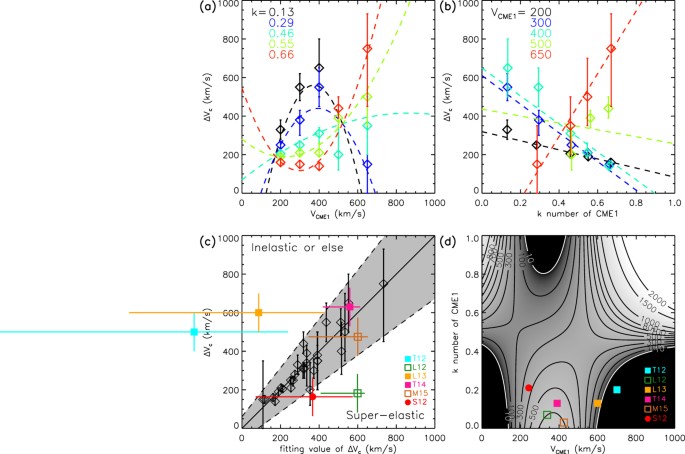
Turn on the super-elastic collision nature of coronal mass


